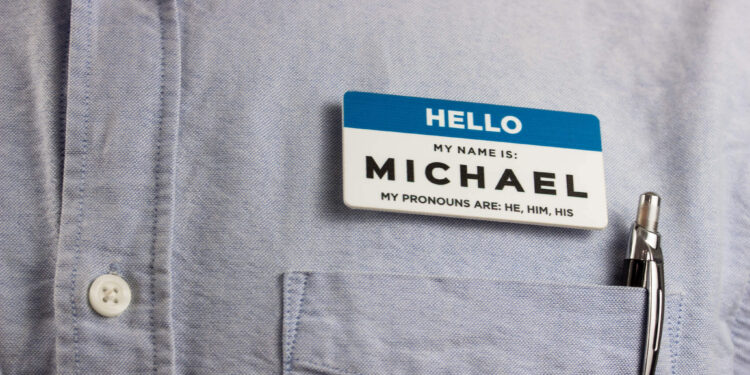Name tags and badges are essential tools in professional settings, conferences, and events. They help people identify with each other and start conversations with ease. However, improper use of name tags and badges can lead to confusion, discomfort, and even embarrassment. In this guide, we will outline the dos and don’ts of their proper use to help you navigate any social or professional event with confidence.
Dos
1. Wear your name tag or badge in a visible location

The whole point of wearing a name badge is to make it easy for people to identify you. Therefore, it should be worn in a visible location, preferably on your chest. This way, people can see it easily and approach you without hesitation.
2. Use clear and legible font
When creating a name tag or badge, make sure the font is clear and legible. Avoid using fancy or cursive fonts that can be difficult to read. Use a font size that is easy to read from a distance.
3. Keep it simple
Name tags and badges should be simple and straightforward. They should include your name, job title, and company or organization name. Avoid adding unnecessary information such as slogans, personal details, or decorations.
4. Use high-quality materials
Invest in high-quality tags and badges that are durable and long-lasting. Avoid flimsy materials that can easily break or get damaged.
5. Wear it at all times
Once you have your name tag or badge, wear it at all times during the event. This helps people remember your name and makes it easier to strike up conversations.
Don’ts
1. Wear it in an inappropriate location

Avoid wearing your name tag or badge on your back or on your hip. This makes it difficult for people to identify you and can lead to awkward interactions.
2. Use a small font size
Avoid using small font sizes that are difficult to read. This can be frustrating for people trying to identify you and can make you appear unapproachable.
3. Include personal or political statements
Name tags and badges should not include personal or political statements. This can be seen as unprofessional and can make people feel uncomfortable.
4. Cover it up
Avoid covering up your name tag or badge with a jacket, scarf, or any other clothing item. This defeats the purpose of wearing it and can make people feel unsure of how to approach you.
5. Forget to update it
If you change your job title, company name, or any other information included in your name tag or badge, make sure to update it. Using outdated information can be confusing and can make you appear unprofessional.
Conclusion
In summary, name tags and badges are essential tools in professional settings, conferences, and events. Proper use of name tags and badges can make it easy for people to identify each other and start conversations. By following these simple guidelines, you can navigate any social or professional event with confidence and ease. They can make networking and socializing much more comfortable and enjoyable, so make sure to use them properly and take advantage of their benefits.





